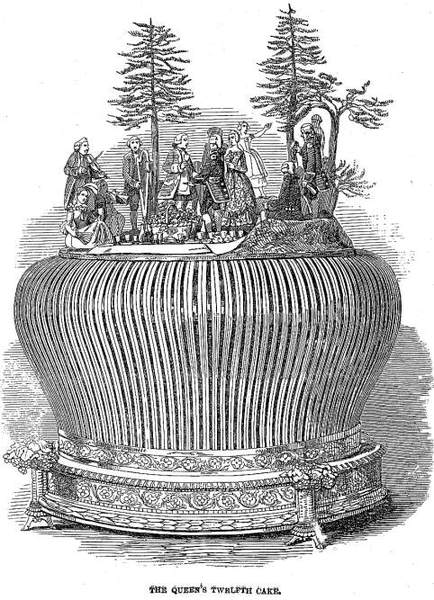
(Click on heading to leave a comment at bottom of page)
Christmas is here once again. Despite COVID and the need to nurse my poor wife back to health after breaking her pelvis (ouch!), the tree is up, lights flash and baubles and tinsel sparkle. This time of year is too special to shuffle celebrations off to another year even with these difficulties so we are enjoying the run in to the magical day. The Hallelujah chorus is blaring out from the kitchen radio as I write. A wonderful, exalting noise!
I have always personally enjoyed this time of year – even when times were not as good as they might have been for me. And I felt that I had to describe the season in The Helots’ Tale because Christmas celebrations and traditions – as we know them today in the western world – really had their genesis in the 19th century, although as with everything, traditions have evolved.
The Boxing Day holiday is now well established in Britain and the Commonwealth – the name could have come about because tradesmen were given “Christmas boxes” of money or presents on the first weekday after Christmas (this is mentioned in Pepys’s diary entry of 19th December, 1663). It could also come from servants being given the day off after the 25th to visit their families since they would have had to work on Christmas Day. Employers would give each servant a box to take home containing gifts, bonuses, and sometimes leftover food. Mind you, I have my doubts as to whether this was a universal practise.
However, while Boxing day may have been recognised in the early 1800s, for Robert and Mary Ann, Twelfth Night would likely have carried more importance.
Twelfth Night, on the fifth day of January, falls on the last day of Christmastide and in the early to mid 1800s was the highlight of the twelve-day long festival. Rather than Boxing Day, Twelfth Night used to be the day where gifts would be exchanged, and those that could would make merry in advance of the bitter months of winter ahead.
The focal part of the Twelfth Night table was the elaborately-decorated Twelfth cake, a rich fruit cake containing brandy, covered in rock-hard royal icing topped with sugar or plaster of Paris figures and other intricate sculptures. One tradition was to place a large dried bean or pea inside the cake and on the big day those who discovered it would be proclaimed king or queen for the rest of the day.
Most every baker or confectioner would produce a work of art to display in their shop window with cakes of differing sizes, all covered in wonderful plaster of Paris or sugar-work.
“Many people, of all ages and conditions, – young and old, gentle and simple, giddy and thoughtful, – stepped every hour to look through the large plate-glass window, and see the grand show of Twelfth-cakes”. From The Queen of the Twelfth-Cakes, Cuthbert Bede, 1857
The Twelfth Night cake began life – like many traditional cakes did – as a yeast-leavened bread, enriched with dried fruit and ale:
Take a peck of flower, and fower pound of currance, one ounce of Cinamon, half an ounce of ginger, two nutmegs, of cloves and mace two peniworth, of butter one pound, mingle your spice and flower & fruit together, but as much barme as will make it light, then take good Ale, & put your butter in it, saving a little, which you must put in the milk, & let the milk boyle with the butter, then make a posset with it, & temper the Cakes with the posset drink, & curd & all together, & put some sugar in & so bake it.
Miss Elinor Fettiplace’s recipe, 1604
In time, brandy or rum and sugar was added to enrich the cake. The Twelfth cake that the Brights enjoyed that Christmastide in 1824 was a pale imitation of those that the upper classes would have enjoyed but it had pretty red and blue decorations and little plaster of Paris figures of the wise men and a crib with baby Jesus on top and at fourpence would have been a small luxury for the family:
“Fourpence! You mean the small cake?”
“Yes, if you please” she replied with a wry smile.
On that note, I’ll end today with wishes for a Good Christmas to all and an entreaty – let’s all ‘do right by Christmas’ and spread whatever cheer we can in these trying times.
Merry Christmas and a Very Happy and Healthy New Year
David Cairns of Finavon
Note: Barme is the yeasty froth from the top of fermenting beer barrels. A Posset was a hot drink made of milk curdled with wine or ale and often spiced.
The post Once Upon An Ancient Christmastide first appeared on David Cairns of Finavon.